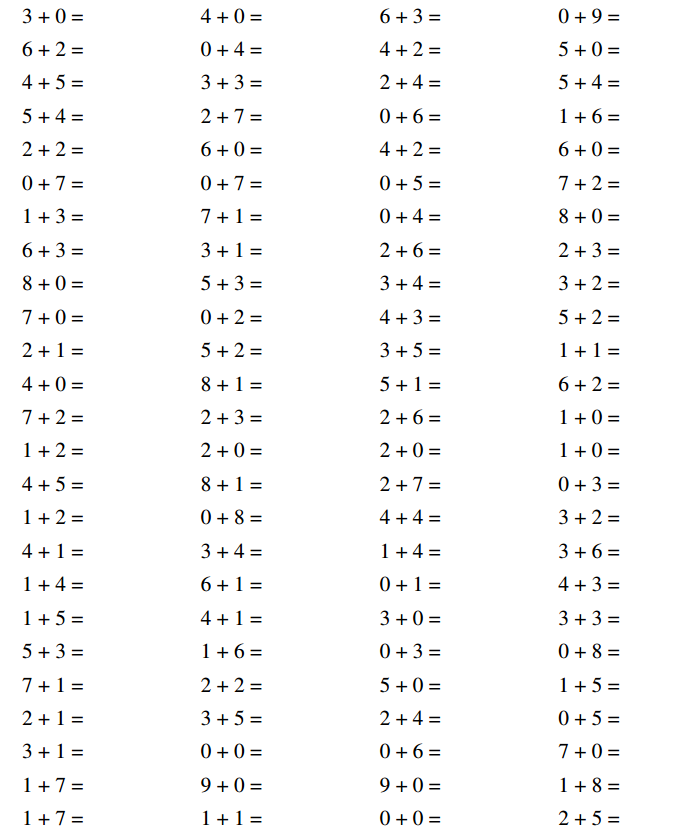
Using the relationship between sine and cosine of complementary angles.Using the relationship between similarity, right triangles and trigonometric ratios.Solving problems about lines, angles and triangles by using concepts and theorems about congruence and similarity.Finding arc lengths, angle measures, chord lengths and areas of sectors by applying theorems about circles.Using trigonometric functions of radian measure.


Questions may ask you to: create a quadratic or exponential function determine the most suitable form of an expression or create equivalent expressions solve quadratic equations add, subtract or multiply polynomial expressions rewrite simple rational expressions interpret parts of nonlinear expression understand the relationship between zeros and factors of polynomials or the nonlinear relationship between two variables solve a system of one linear and one quadratic equation solve an equation in one variable containing radicals of the variable in the denominator of a fraction use structure to identify or isolate a quantity interpret statements using function notation. Passport to Advanced Math questions are going to test the fundamental skills you need to have mastered before studying advanced math. Get practice questions, video tutorials, and detailed study lessons Get Your Study Guide Questions will ask you to: solve single and multi-step problems involving percentages, measurement quantities, units and unit conversion by using ratios, rates, proportional relationships and scale drawings investigate key features of graphs describe how variables on a scatter plot are related using linear, quadratic or exponential models compare linear and exponential growth evaluate reports, analyze shape, center and spread using statistics use sample data to make inferences about population parameters summarize categorical data and relative frequencies calculate conditional probability. Problem-Solving and Data Analysis questions will anticipate your ability to identify patterns, deviations from the overall pattern in one or two data sets and quantitative measures of center.The goal of these questions is to test that you can use your skills and understanding within the context of the real world. These questions may ask you to: create, solve or interpret linear inequalities or expressions in one or two variables algebraically solve linear equations or inequalities in one or two variables build a linear function create, solve and interpret systems of (two) linear inequalities in two variables interpret the variables and constants in expressions for linear functions understand connections between algebraic and graphical representations. Heart of Algebra questions vary in both form and appearance, testing your ability to analyze, solve and create linear equations and inequalities. Also, children should distinguish between basic 2D and 3D shapes.The SAT math questions will focus mainly on the three areas of math that play the largest role in these situations: First-grade students should be able to write down numbers, add and subtract numbers up to 20, and compare numbers with each other. Simple math questions for kids 4-5 years oldĪt this age, the child prepares for primary school or attends first grade. An adult can solve these problems in their head, but a child can use paper and pen if needed. There will be no problems with a long solution. Just read the assignments and give some time to think. Children would like this.ĭo not show this page of the site to children because the answers are visible here. Then we will analyze some trick tasks for logic and fun tasks. Let’s take a look at interesting math problems for children of different ages: from 4 to 11 years old.

If you can get your kids interested in math and other sciences, it will be a huge advantage because it will increase their motivation and academic performance. Parents should not completely shift responsibility for their child’s education to the school. You just need to present it to the child correctly.


 0 kommentar(er)
0 kommentar(er)
